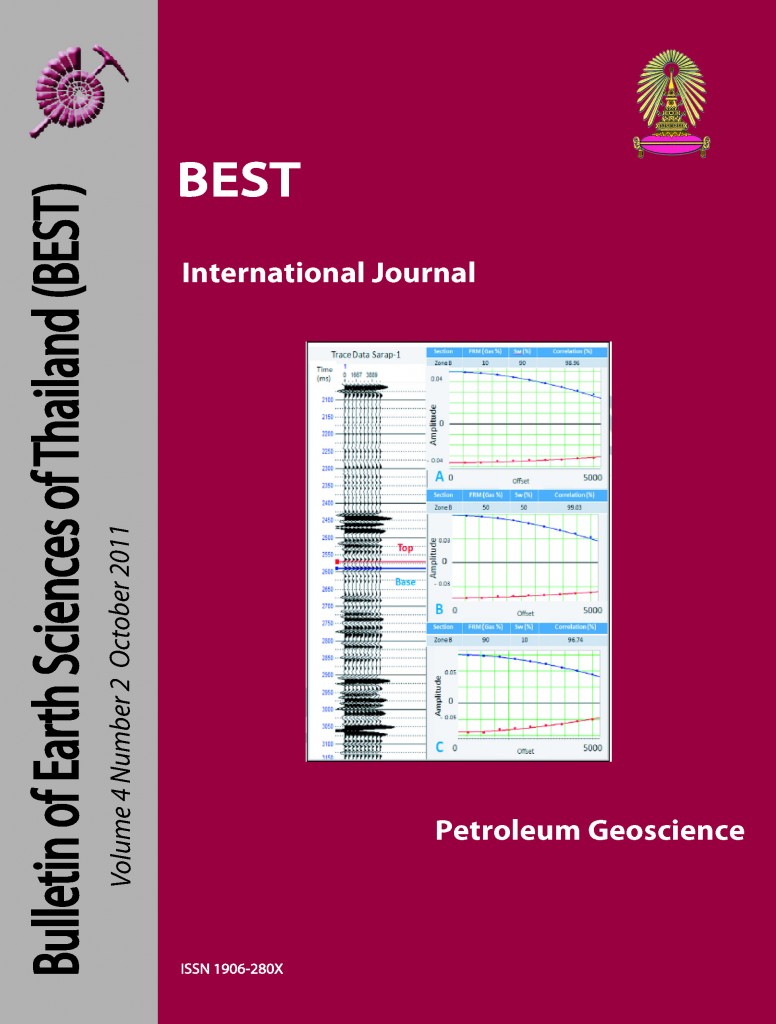Fault Control on Hydrocarbon Distribution in North Carnarvon Basin, NW Shelf Australia
Main Article Content
Abstract
North Carnarvon basin was created due to the rifting in Mesozoic, which resulted in the separation between India and Australia. Key reservoirs of the area are Upper Triassic and Lower Cretaceous sandstones. There are many discoveries within these two reservoirs in southern part of the North Carnarvon basin, but all wells drilled in the northern part are dry. The dominant migration pathways from source to reservoir are faults. This study is aimed to check the possibility of lack of migration pathways or breach of fault seals. Seismic interpretation results show two types of faults in study area. First type is the rifting faults in Upper Triassic to Lower Jurassic strata that created the Triassic tilted fault blocks. Second type is the reactivated faults that cut to the Lower Cretaceous sandstone reservoir in southern part of study area and strongly affect the Upper Cretaceous to Tertiary strata in the zone of unsuccessful hydrocarbon exploration. The rifting faults are the main control of Triassic faulted block traps and the migration pathway from source to Upper Triassic and Jurassic reservoirs while the reactivated faults are the main control of migration pathway from source to Lower Cretaceous reservoirs in the central area and possible cause of hydrocarbon leak in the north most part.
Article Details

This work is licensed under a Creative Commons Attribution-NonCommercial-NoDerivatives 4.0 International License.
Copyright © 2008 Department of Geology, Faculty of Science, Chulalongkorn University. Parts of an article can be photocopied or reproduced without prior written permission from the author(s), but due acknowledgments should be stated or cited accordingly.
References
Exon, N.F., and Willcox, J.B., 1978, Geology and Petroleum Potential of Exmouth Plateau Area Off Western Australia, American Association of Petroleum Geologists Bulletin, p. 58-70.
Geoscience Australia, Australian Government. 2010, REGIONAL GEOLOGY OF THE NORTHERN CARNARVON BASIN, 24 p.
Mann, P., Gahagan, L. and Gordon, M.B., 2003, Tectonic setting of the World's Giant Oil and Gas Fields, American Association of Petroleum Geologists Bulletin, p. 58-59.


